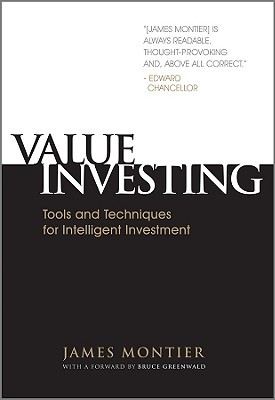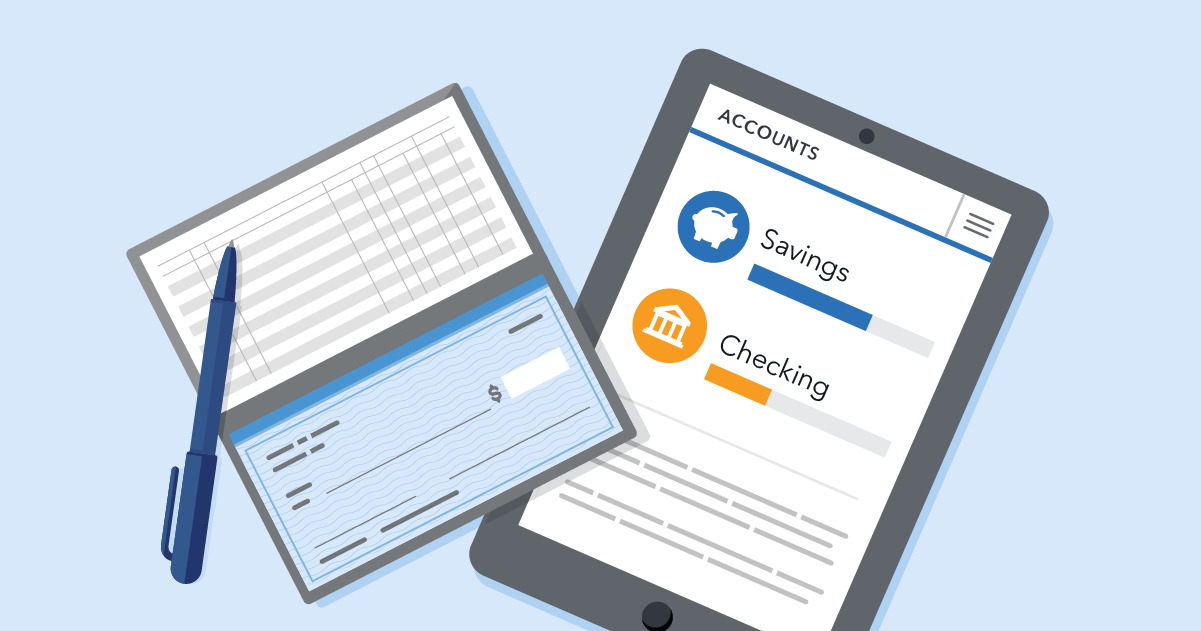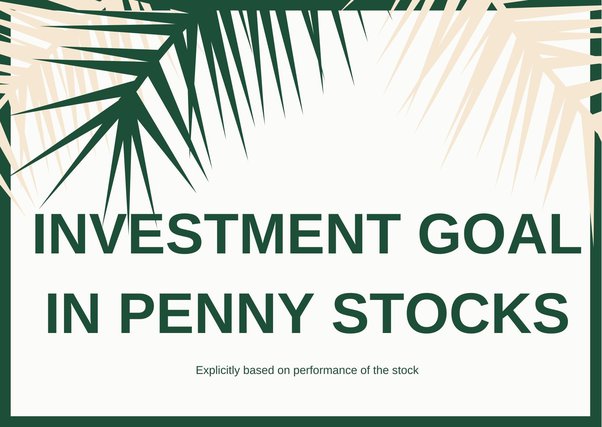
An FCA Account allows you to trade with foreign currencies. As long as the account balance is above a certain threshold, interest is paid. Fees are payable monthly in the account currency. A FCA account allows you to withdraw forex in multiple currencies, including the Euro or US dollar.
If the account balance exceeds a threshold, interest will be paid
The FCA may charge interest if your account balance exceeds a specified threshold. The current year's July 1 balance determines the interest rate. The FCA will not pay interest if your balance falls below the threshold. Otherwise, interest will be paid on the balance as of June 30,

Fees are charged monthly in the currency of the account
Banks may have different fees for the monthly service fee. If the account balance is less than a certain amount, the fee might be waived. Overdraft fees can apply to accounts that do not have sufficient funds to pay the bill.
Law requires banks to disclose all fees they charge their customers. These fees can be found in fine print on bank websites and pamphlets. To be sure you understand the charges, it is essential to read every disclosure. The competition among banks acts as a regulator of fees, and helps to stop banks from charging unjustifiable rates. Furthermore, government agencies such as the Office of the Comptroller of the Currency monitor banks' fee-charging practices.
Can you withdraw forex directly from a fca bank account
You can withdraw forex from your FCA accounts using the Nostro account. Withdrawals from the Nostro account are not limited to forex only. You can use this account to buy foreign currency from other countries, as well as transfer money locally between FCA accounts. The Nostro account can be used to make deposits up to 30 June 2019, and you can also deposit cash holdings from trades that took place before that date.

Foreign Currency Accounts are current accounts that are designed for companies or individuals who transact in foreign money. The Foreign Currency Account balance does not bear interest. Withdrawals are possible in the same currency you originally deposited to the account or in a local currency. To complete the transaction in local currency, you'll need to pay a specific percentage of the currency face value.
FAQ
Should I purchase individual stocks or mutual funds instead?
Mutual funds are great ways to diversify your portfolio.
However, they aren't suitable for everyone.
For example, if you want to make quick profits, you shouldn't invest in them.
Instead, choose individual stocks.
Individual stocks give you greater control of your investments.
You can also find low-cost index funds online. These funds allow you to track various markets without having to pay high fees.
Can I get my investment back?
Yes, you can lose all. There is no guarantee that you will succeed. There are ways to lower the risk of losing.
One way is to diversify your portfolio. Diversification can spread the risk among assets.
You could also use stop-loss. Stop Losses let you sell shares before they decline. This lowers your market exposure.
You can also use margin trading. Margin trading allows for you to borrow funds from banks or brokers to buy more stock. This increases your profits.
How can I tell if I'm ready for retirement?
It is important to consider how old you want your retirement.
Is there a specific age you'd like to reach?
Or would you rather enjoy life until you drop?
Once you have established a target date, calculate how much money it will take to make your life comfortable.
Then, determine the income that you need for retirement.
Finally, you need to calculate how long you have before you run out of money.
Do I need an IRA to invest?
An Individual Retirement Account, also known as an IRA, is a retirement account where you can save taxes.
You can save money by contributing after-tax dollars to your IRA to help you grow wealth faster. They also give you tax breaks on any money you withdraw later.
IRAs are particularly useful for self-employed people or those who work for small businesses.
In addition, many employers offer their employees matching contributions to their own accounts. This means that you can save twice as many dollars if your employer offers a matching contribution.
What age should you begin investing?
An average person saves $2,000 each year for retirement. But, it's possible to save early enough to have enough money to enjoy a comfortable retirement. If you wait to start, you may not be able to save enough for your retirement.
It is important to save as much money as you can while you are working, and to continue saving even after you retire.
The sooner that you start, the quicker you'll achieve your goals.
Consider putting aside 10% from every bonus or paycheck when you start saving. You might also consider investing in employer-based plans, such as 401 (k)s.
You should contribute enough money to cover your current expenses. After that, you will be able to increase your contribution.
What are some investments that a beginner should invest in?
Start investing in yourself, beginners. They need to learn how money can be managed. Learn how you can save for retirement. How to budget. Learn how to research stocks. Learn how financial statements can be read. Learn how to avoid falling for scams. Make wise decisions. Learn how to diversify. Learn how to protect against inflation. How to live within one's means. Learn how to invest wisely. Learn how to have fun while you do all of this. It will amaze you at the things you can do when you have control over your finances.
Statistics
- If your stock drops 10% below its purchase price, you have the opportunity to sell that stock to someone else and still retain 90% of your risk capital. (investopedia.com)
- Some traders typically risk 2-5% of their capital based on any particular trade. (investopedia.com)
- Over time, the index has returned about 10 percent annually. (bankrate.com)
- 0.25% management fee $0 $500 Free career counseling plus loan discounts with a qualifying deposit Up to 1 year of free management with a qualifying deposit Get a $50 customer bonus when you fund your first taxable Investment Account (nerdwallet.com)
External Links
How To
How to make stocks your investment
Investing is a popular way to make money. It's also one of the most efficient ways to generate passive income. There are many investment opportunities available, provided you have enough capital. You just have to know where to look and what to do. The following article will explain how to get started in investing in stocks.
Stocks can be described as shares in the ownership of companies. There are two types. Common stocks and preferred stocks. Common stocks are traded publicly, while preferred stocks are privately held. Public shares trade on the stock market. They are valued based on the company's current earnings and future prospects. Stocks are bought to make a profit. This is known as speculation.
There are three key steps in purchasing stocks. First, choose whether you want to purchase individual stocks or mutual funds. The second step is to choose the right type of investment vehicle. The third step is to decide how much money you want to invest.
Decide whether you want to buy individual stocks, or mutual funds
Mutual funds may be a better option for those who are just starting out. These professional managed portfolios contain several stocks. You should consider how much risk you are willing take to invest your money in mutual funds. Certain mutual funds are more risky than others. You might be better off investing your money in low-risk funds if you're new to the market.
You should do your research about the companies you wish to invest in, if you prefer to do so individually. Be sure to check whether the stock has seen a recent price increase before purchasing. Do not buy stock at lower prices only to see its price rise.
Select Your Investment Vehicle
After you've made a decision about whether you want individual stocks or mutual fund investments, you need to pick an investment vehicle. An investment vehicle can be described as another way of managing your money. You could for instance, deposit your money in a bank account and earn monthly interest. You could also create a brokerage account that allows you to sell individual stocks.
You can also create a self-directed IRA, which allows direct investment in stocks. The Self-DirectedIRAs work in the same manner as 401Ks but you have full control over the amount you contribute.
The best investment vehicle for you depends on your specific needs. Are you looking for diversification or a specific stock? Are you seeking stability or growth? How comfortable do you feel managing your own finances?
All investors must have access to account information according to the IRS. To learn more about this requirement, visit www.irs.gov/investor/pubs/instructionsforindividualinvestors/index.html#id235800.
Decide how much money should be invested
It is important to decide what percentage of your income to invest before you start investing. You have the option to set aside 5 percent of your total earnings or up to 100 percent. You can choose the amount that you set aside based on your goals.
It may not be a good idea to put too much money into investments if your goal is to save enough for retirement. You might want to invest 50 percent of your income if you are planning to retire within five year.
Remember that how much you invest can affect your returns. Before you decide how much of your income you will invest, consider your long-term financial goals.